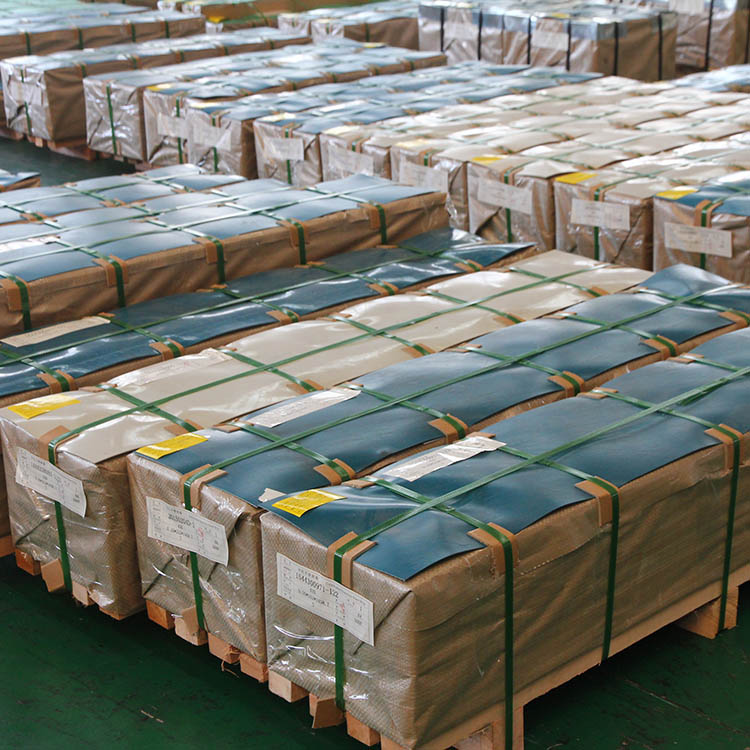

Stainless steel sheet sandblasting process is a commonly used surface treatment method. By spraying abrasives onto the surface of stainless steel at high speed, it can achieve the effects of removing oxides, cleaning surface impurities, improving surface roughness, and increasing surface adhesion. This process is widely used in decorative processing, cleaning processing, surface polishing and other fields of stainless steel.
Stainless steel sheet sandblasting process
Preparation
Clean the workpiece: Before sandblasting, the surface of the stainless steel sheet must first be cleaned to remove oil, rust, dust and other impurities. This can usually be done using detergents, solvents or ultrasonic cleaning.
Select sandblasting equipment and blasting media: Select appropriate sandblasting equipment and sandblasting media according to the surface treatment requirements of the stainless steel sheet. Commonly used sandblasting media include quartz sand, emery, aluminum sand, glass beads, etc. Sandblasting equipment includes sandblasting machines, automatic sandblasting machines, handheld spray guns, etc.
Adjust sandblasting parameters
Sandblasting pressure: Adjust the air pressure of the sandblasting machine to ensure sufficient air flow and uniform sandblasting during the sandblasting process.
Sandblasting angle: Adjust the angle of the spray gun according to the shape, size and processing requirements of the stainless steel sheet to make the sandblasting effect uniform.
Sandblasting distance: The distance between the nozzle and the workpiece surface during sandblasting is usually between 10 and 30 centimeters. If the distance is too far, the sandblasting effect will be affected, and if the distance is too close, it may cause surface damage.
sandblasting operation
Start sandblasting: Start the sandblasting equipment and spray the sandblasting medium evenly onto the surface of the stainless steel sheet. The spray gun needs to be constantly moved during the sandblasting process to ensure an even surface finish. Blasting time and pressure will affect the roughness of the surface.
Surface treatment: After sandblasting, the stainless steel surface will become rougher and the surface oxide layer will be removed to achieve better decorative effects or provide better adhesion for subsequent processing.
Inspect and trim
Check the surface quality: After the sandblasting is completed, it is necessary to check whether the surface of the stainless steel plate is smooth, has no obvious defects, no leakage, and no excessive wear. Check whether the sandblasting effect meets the design requirements.
Dressing: If necessary, trimming can be done with finer abrasives to further improve the uniformity and finish of the surface.
Cleaning and post-processing
Cleaning up residual abrasives: During the sandblasting process, some abrasives may adhere to the surface of the workpiece and must be completely removed with an air gun, brush or clean water.
Anti-rust treatment: If the sandblasted stainless steel sheet is exposed to the environment for a long time, some tiny oxide layers may form on the surface, and appropriate anti-rust treatment is required. You can consider spraying anti-rust oil or chemical passivation to prevent rust.
Check finished product
Quality inspection: Conduct final quality inspection on the sandblasted stainless steel sheet to ensure that the surface treatment effect meets the expected requirements. If it is decorative sandblasting, check the surface for uniformity, gloss, etc.
Therefore, the stainless steel sheet sandblasting process removes dirt, oxide layer, burrs and other impurities on the stainless steel surface by spraying high-speed abrasives, thereby improving its surface quality and achieving the purposes of decoration, cleaning, roughness improvement, etc. The entire process includes preparation, blasting operations, quality inspection and post-processing, with each step having an important impact on the final result.
